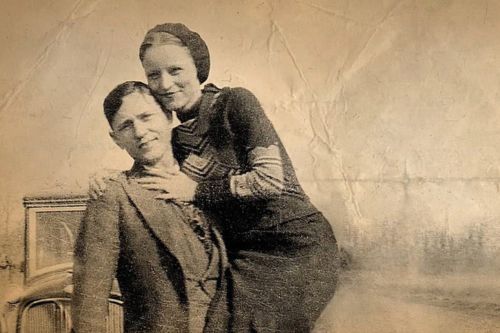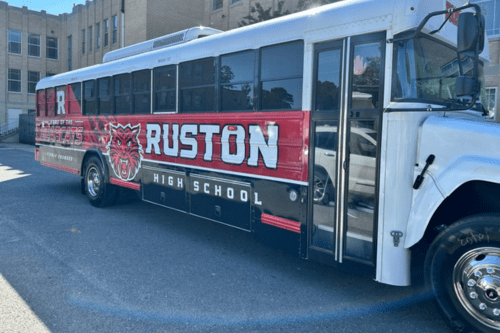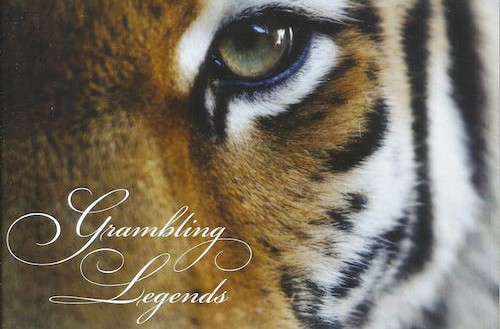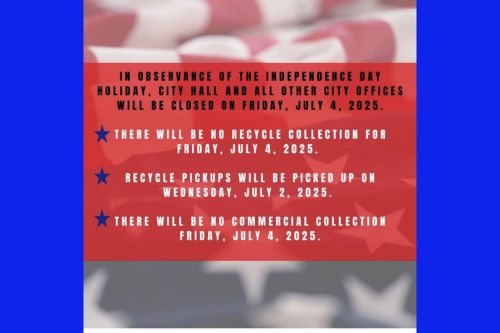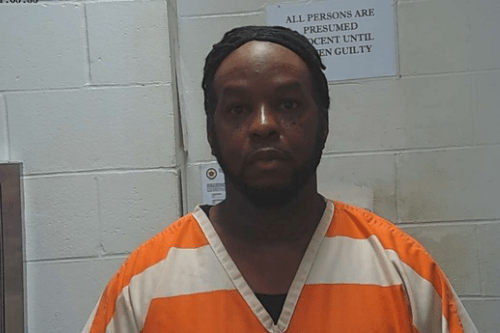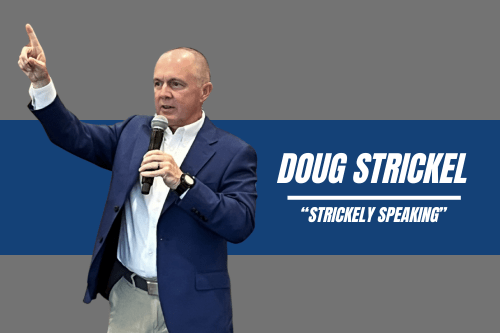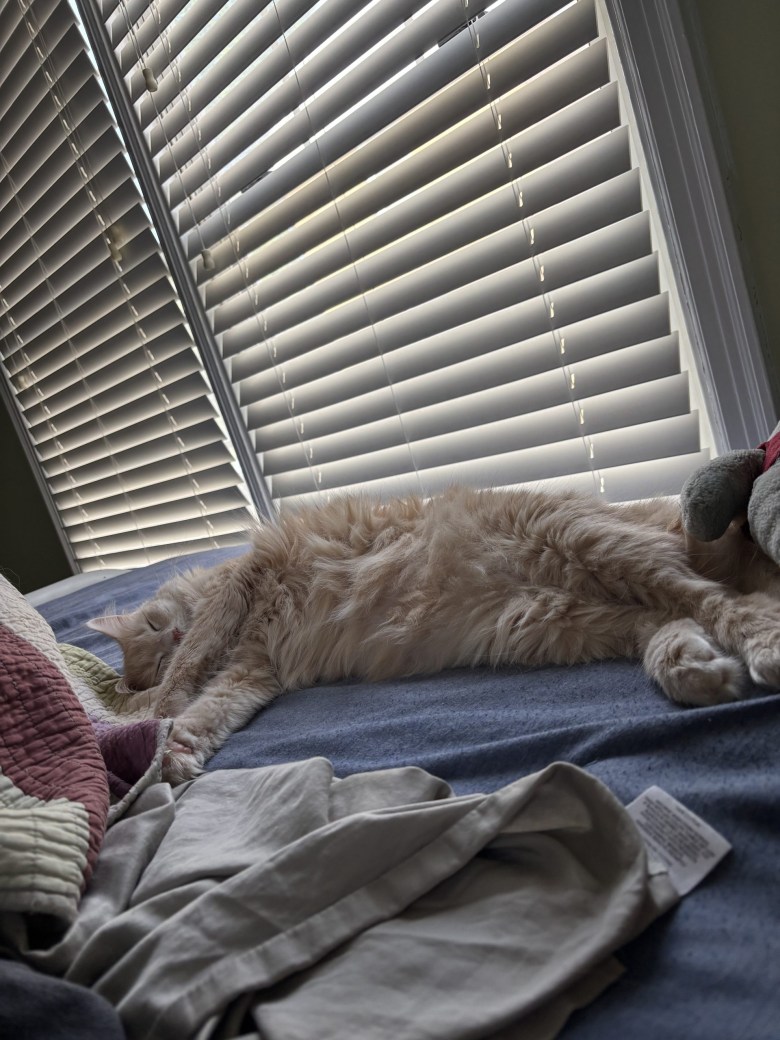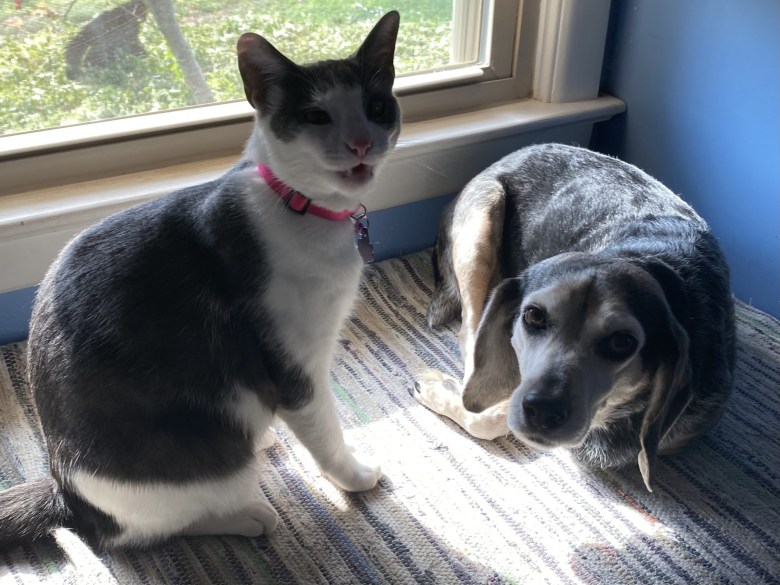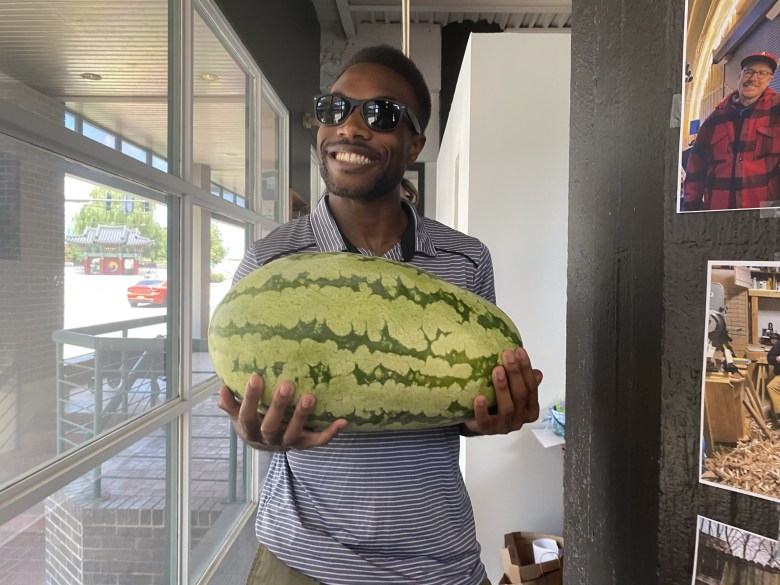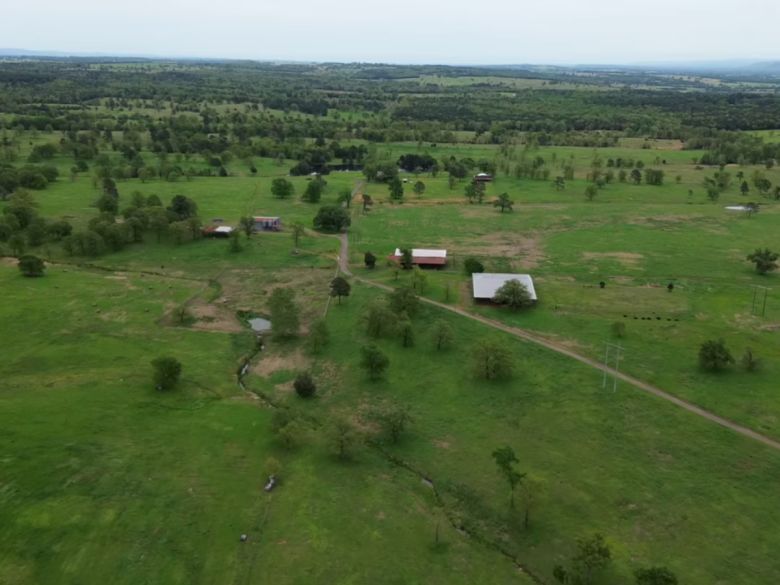Wesley Harris
Three men I know well were sitting next to me at lunch last week, talking about a new book I had just finished reading on the deaths of criminals Bonnie Parker and Clyde Barrow. The Trap seeks to present the actual account of these murderers’ demise, even though almost a dozen other publications discuss the ambush that rid mid-America of them.
Two of the three men were personally involved in the story because they were related to Prentiss Oakley, a deputy sheriff from Bienville Parish who was a member of the ambush crew. Although their familial ties contribute to their interest in the new book, many of other Americans study, research, and even idolize the Barrow gang.
Imagine loving two individuals who were implicated in the killings of 13 men, 12 of whom were police officers.
The couple’s ties to Ruston history and my experience in law enforcement are what pique my curiosity. Two Ruston citizens were abducted by Barrow, Parker, Clyde’s brother Buck, and Buck’s wife Blanche approximately a year prior to the ambush.
Few pairings in American crime history conjure the same fusion of tragedy, rebellion, and romanticism as Barrow and Parker. They were only 25 and 23 years old when they were ambushed and slain in 1934 on a rural Bienville Parish road. Their names are still ingrained in American culture almost a century later, not just as criminals but also as cultural icons. What is it about these outlaws from the Great Depression that keeps people interested?
Growing up in a nation devastated by economic collapse, Barrow and Parker experienced widespread misery. Some people, like young Barrow, saw crime as a perverse form of opportunity. The Barrow Gang was formed by Barrow’s decline into criminality, which started with small-time crime and progressed to robbery and murder.
In what many have seen as an odd love tale born in blood and desperation, Parker, a little waitress and budding poet, joined him. The glaring ferocity of their crimes is frequently overshadowed by their personal relationship, which has grown to be a pillar of the legend.
The marriage was mythologized in large part by the media. Sensational headlines portrayed them as romantic outlaws stealing wealthy bankers to make ends meet in the era of modern-day Robin Hoods. The mythos was reinforced by the glamorized images of Bonnie holding a pistol and smoking a cigar that appeared in newspapers.
According to historian Jeff Guinn, who wrote one of the finest books about Bonnie and Clyde, they were the media darlings of their era. In certain instances, Bonnie and Clyde themselves worked to meticulously develop that image, in addition to the media.
From John Dillinger to Jesse James, America has always been fascinated by criminals, and Bonnie and Clyde were the epitome of the antihero. Young and attractive, they appeared to be inseparable. During a period of severe economic distress, their disobedience of authority tapped into a deep-seated source of public resentment.
In stories, the distinction between justice and lawlessness is frequently hazy. The mystique was heightened by well-known movies like Warren Beatty and Faye Dunaway’s 1967 Bonnie and Clyde. The film’s empathetic depiction won two Academy Awards and became a cultural landmark. It was a product of its time, produced in the midst of civic instability and protests in Vietnam.
However, Bonnie, Clyde, and the people who occasionally ran with them were not the Robin Hood-like heroes that some films make them out to be. They targeted mom and pop shops that couldn’t afford to lose even a day’s worth of receipts, but they also looted a few banks. Any money they donated was sent to relatives in Dallas.
The emotional draw of a doomed romance is undeniable, and Bonnie and Clyde’s connection continues to be a major component of their allure. Their story has a Shakespearean feel to it, from the handwritten poetry Bonnie wrote while evading capture to the couple’s tragic demise. She wrote that one day they would be buried side by side and go down together.
Although they are buried in different Texas cemeteries, they did go down together.
Their story has a longevity that few criminals ever attain because of this blending of crime and love. Their legacy includes intimacy built in chaos as well as bloodshed and robbery. Theirs gives an intensity that is both visceral and tangible in a time when digital interactions and disconnection are the norm.
Thousands of tourists and aficionados visit the remains of their voyage today. Devotees and the curious continue to make the pilgrimage to the ambush site at Gibsland, which is marked by a simple marker that is constantly vandalized and stolen. The bullet-riddled Ford V8 in which they perished is kept in a casino in Nevada. Their crimes and mythologies are still being unraveled by memorabilia, biographies, and podcasts. Decades later, authors and artists continue to explore their legacy in search of fresh interpretations.
The two, astonishingly, have their defenders. Some claim that society influenced their actions. Ignore the fact that the majority of Americans did not commit any crimes during the Great Depression. If you accuse Bonnie Parker of ever killing anyone, you will face resistance from true sycophants. She simply followed the man she loved.
Despite—or maybe because of—the brutality they committed, Bonnie and Clyde continue to be seen as cultural icons that inspire unwarranted admiration and sympathy. They were more complicated human beings enmeshed in a violent maelstrom of love, anarchy, and folklore rather than heroes or martyrs.
